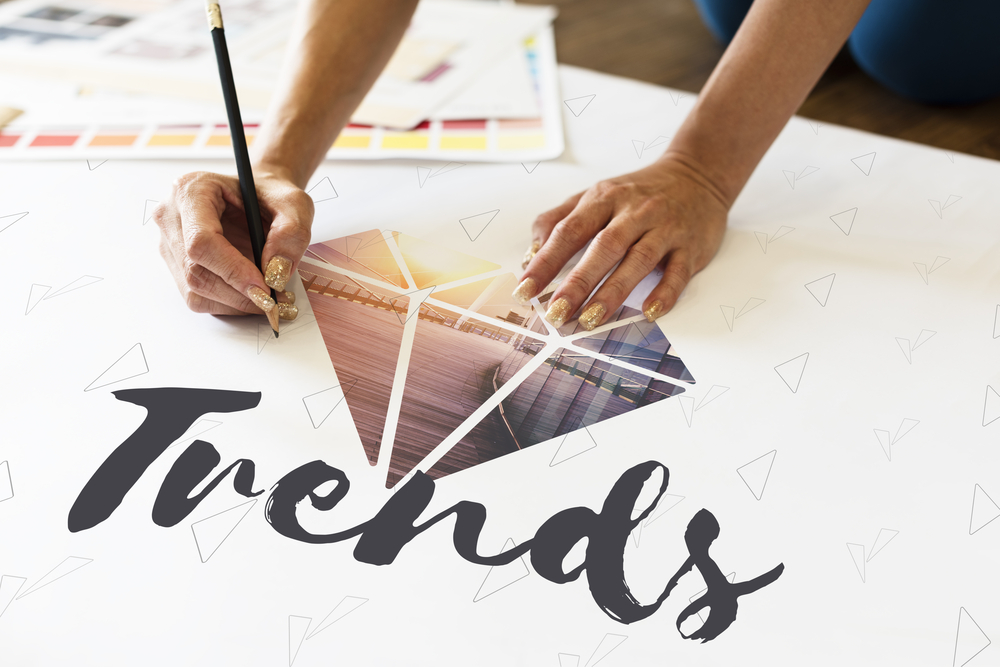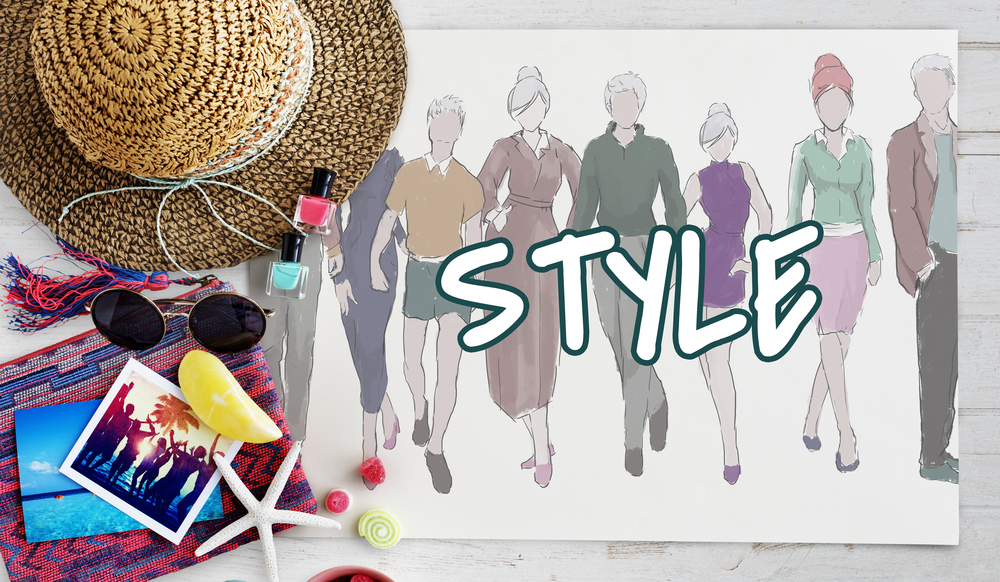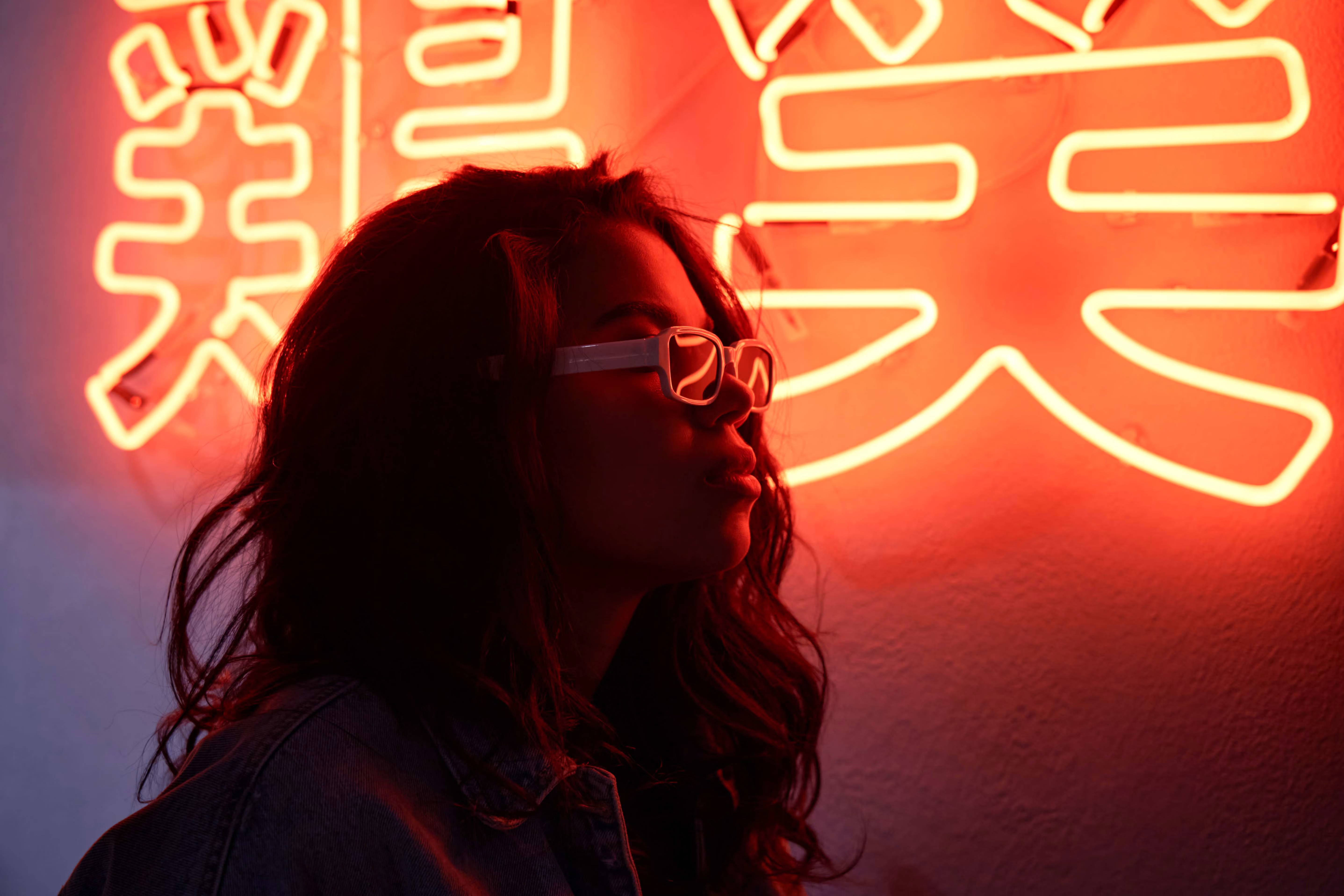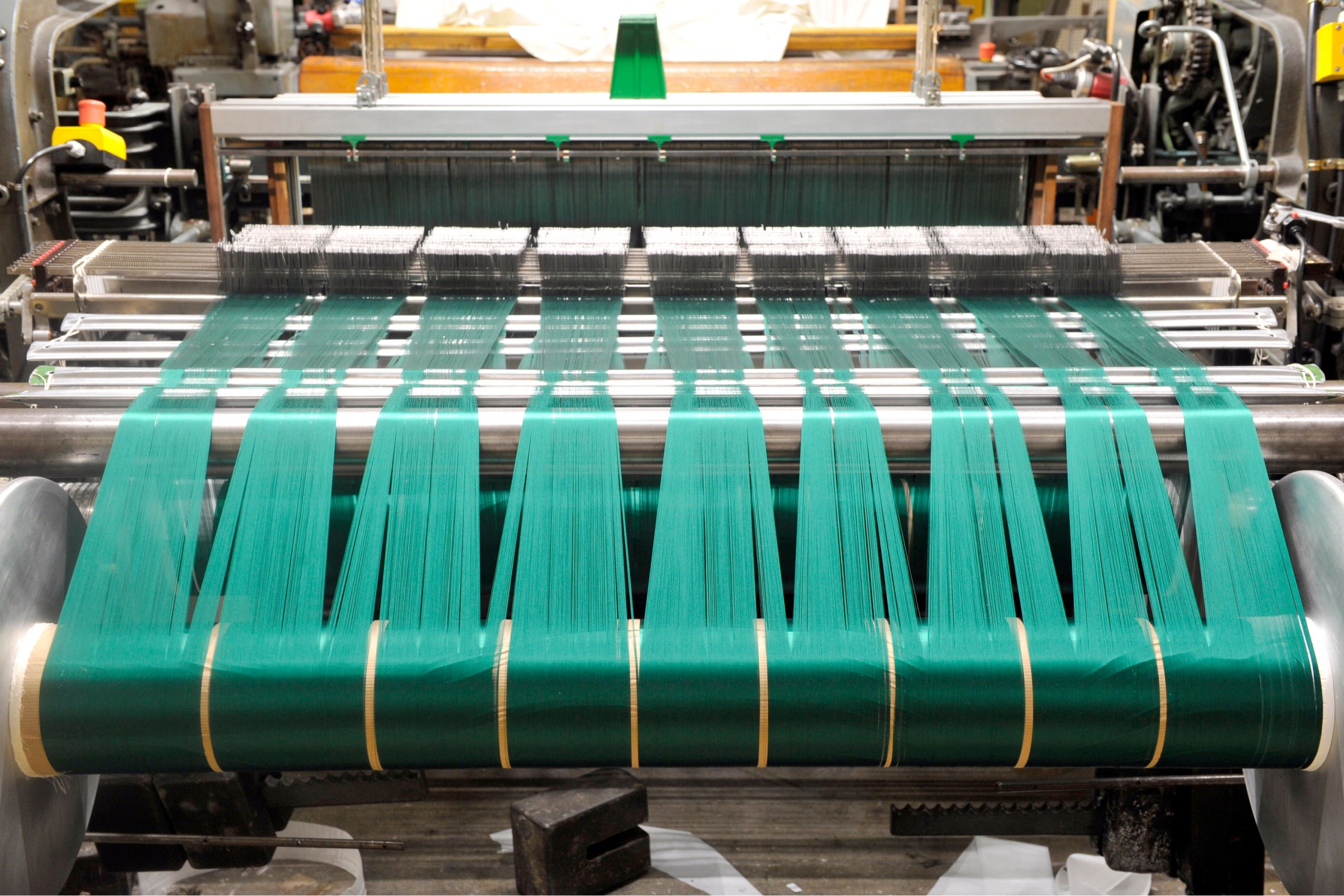How To Use Data For Errorless Fashion Trend Forecasting?



Fashion changes every season, and trends are the most popular accessories at any point in time. Macro trends tend to change over a phase, and they have more to do with demographic changes than the latest designs. Fashion trend forecasting is defined as the process to project the fashion trends in the future. These projections are beneficial for allowing the fashion designers along with merchants to evaluate the fashion of the future.
Trend forecasting is quite challenging and a crucial aspect of the fashion industry. It is researched via the lens of tasks including detection, fashion recognition, segmentation, and more. Today, however, fashion forecasting travels much further than simply predicting the trends of the future. It is more than a regression concern.
What is Trend Forecasting In Fashion?
Trend forecasting encircles the prediction of the future of the market. The trend forecasters are beneficial in all industries while maximising data from past sales—the past sales help in anticipating the opportunities of the future. Fashion forecasting is largely concerned with predicting trends, techniques, fabric textures, and much more. The forecasters tend to produce the developers' reports for creating new clothes and accessories. There are mainly two types of forecasting, short-term and long-term forecasting.
How Do Companies Aim To Forecast Fashion Trends?
In order to predict fashion trends, it is vital to study and observe the social-cultural movements to project their impact. However, the forecasters do not always reach the exact data; with a blend of intuition and researched data, they create a vague sketch of the forthcoming trend. Later, the forecaster communicates through writing and mood boards.
To generate a forecast, it is vital to develop it with confidence. All data found by the primary and secondary research must get encompassed in the forecast. That is why fashion trend forecasting is often seen as a big challenge, and several subscription agencies come up with a high premium cost, keeping in mind the amount of effort and time they have put into the research.
The complexity involved is the primary challenge of trend forecasting. The process varies from one to the other; for example, women's wear aims to invest more in micro trend analysis, compared to male brands, as they produce more collections. Forecasting is largely affected by the size of the company and the target market.
How Do Fashion Brands Perform Fashion Trend Forecasting?

The process of data forecasting varies from one brand to the other. The forecasting primarily depends on the company and the size of the target market. The following are some reliable ways in which brands forecast trends:
- In-house trend forecasters
Large house brands are usually vertically integrated, so the trend forecasting is usually in-house. It makes way for the fashion forecasters to directly associate with the development teams to invigorate new products.
2. Hiring trend forecasting agency
The larger brands sometimes resort to the expertise of such agencies that help produce trend research reports for a fee. Larger firms that are not vertically integrated rely on trend forecasting agencies to create trend reports. The trend forecasters tend to rely on a combination of top-down and bottom-up forecasting, along with an intimate knowledge of the realm of fashion. This, however, is quite costly, as it heavily depends on the expertise. However, thankfully, AI has entered fashion trend forecasting while shaping the future for more accurate predictions.
3. By attending fashion shows
What can be a better source of fashion and related stuff rather than attending a fashion show? Noting promising designs while bringing the knowledge to the chain-store product manufacturers is a conventional way of learning what is trendy in the world of fashion. Before the advent of the Internet, trend forecasters were primarily involved in researching fashion shows. This is known as ‘top-down’ fashion forecasting, which mainly involves fashion trends from runways to street shops.
4. Turning to the influencers
These days, with the rise of the internet and different social media platforms, reaching the core of fashion has become easier for almost all fashion brands. Today, trend forecasters are likely to look at street style, influencers, and blogs to acquire information on the latest trends. This is known as bottom-up forecasting, where they monitor the target market, which predicts the demand for all upcoming trends.
5. Evaluating other industries
A few small, independent designers stay away from forecasting and instead create mood boards based on film, art, and nature to inspire unique collections. The forecasters then rely on these along with an intimate knowledge of the fashion scenario to predict the future.
As you have seen up until now, there are mainly two types of forecasting sources available, the top-down (like attending a fashion show) and the bottom-up (such as following influencers). A massive number of forecasters use these two techniques together for a flawless and error-free prediction of the impending fashion fads. Additionally, they rely on their years of knowledge, experience, and intuition for making strong and reliable forecasts about fashion.
What Influences Fashion Forecasting?

Fashion trend forecasting refers to a study of future demand for trends, styles, textures, and colours.
The textile specialists prepare and research well to generate guidelines for designers, researchers, and the industry to gather sellable collections for the audience. Based on the strategies, trend forecasting helps in being the connecting link between market requirements and the offering in the present market.
The following are the three major factors influencing fashion forecasting:
● Cultural
● Social
● Lifestyle
These factors regulate the trends, and studying the foreseeing trends is prioritised in the industry for improved business. Cultural changes, lifestyle, and social changes play an essential role in trend forecasting as we slowly move towards artificial intelligence and updating techniques, making fashion trend forecasting a hassle-free tool for the fashion industry.
How do the Brands Collect Data for Forecasting?
The most evident step of data forecasting is to collect data. Generally, it begins with designers or merchandisers, who, at first, evaluate the current market, competitors, and personal affinities. Here, fashion shows, social media, magazines, newspapers, books, and other fashion-related things play a big role. Additionally, trends, seasonality, consumer segmentation, and geographic locations come into play while collecting the core data for forecasting the upcoming fashion trends.
Steps To Use Data For Forecasting Errorless Fashion Trends
- Defining audience panels
Successful brands are well aware of the audience. This is although extremely obvious, it is not easy to get accurate data all the time. You can collect a random sample from social media for in-depth analysis. Random sampling prevents any selection bias caused while making way for an accurate representation of the social media users. The following are the reasons why an audience panel is acquired:
● Edgy: Edgy refers to people with bold and unique styles. Edgy people portray a particularly smaller segment, and with their niche content, they are inclined to post frequently. No matter whether they are professionals or industry authorities, they cover a big portion of the fashion industry.
● Trendy: Trendy defines the group of people who are looking for the latest style. These people often take part in spreading whichever is in trend in the current market by posting them. However, they are more considerable than the edgy accounts, persistent qualified, and rarer than mainstream accounts.
● Mainstream: Some people only participate in following the trend rather than shaping or directly taking part in it. These accounts are known as mainstream accounts. The largest audience panel contains mainstream accounts with more casual content.
- Applying image recognition technology
Once the panels have been well-determined, the process slowly moves forward to further analysing images. The technology is equipped to detect while categorising multiple components, including fabrics, textures, prints, colours, attributes, shapes, etc. The technology understands the picture it is viewing.
- Engaging in the machine learning algorithm
To forecast accurate trends of the future, the algorithms detect the onset of the trends prior to reaching the mainstream. The algorithm is trained to combine the varying forecasts for the items. This helps the algorithm to opt for the best combination of the methods. These, when paired with algorithms, help track the past and present data. The forecasts are then adjusted in real-time. This enables brands to evaluate the growth, see the differences in trends, and make informed planning and purchase.
- Entering the data into the platform
The final step enlists offering fashion brands a full-length scope of the trends to facilitate trend pre-vision. This data is entered into a platform that displays the required data to back the intuitions while making an informed decision on the choice of product, strategy, and more. The most advanced artificial intelligence is used to translate real-world images into insights.
Final Thoughts
This is how one can use data to attain errorless fashion forecasting. If you are looking for the best B2B apparel manufacturing platform, Fashinza is the perfect place. The experts overlook the entire process of production, from design to delivery. Brands can utilise their platform to place manufacturing orders to have them delivered in a hassle-free manner.



















